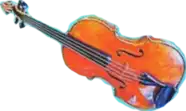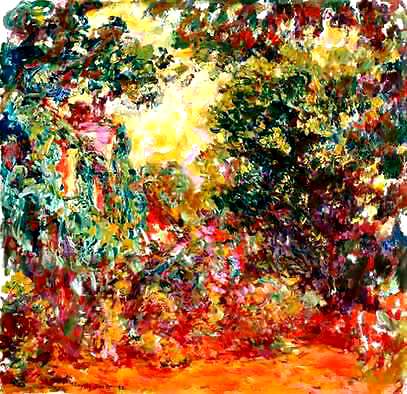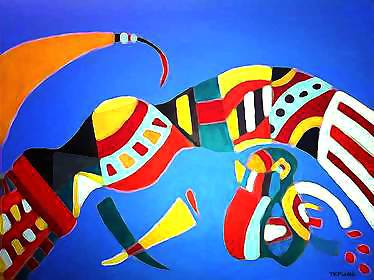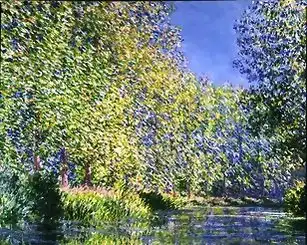Heinrich Wilhelm Ernst (1812-1865), Czech vioolvirtuoso and admirer of Paganini (!), wrote variations on 'The last Rose of Summer'. This is a poem of the Irish poet Thomas Moore (friend of Byron and Shelley!), inspired on a sort of rose named 'Old Blush'... The Last Rose of Summer has to be sung on a traditional melodie named "Aislean een Oigfear" (Young Man's Dream). Edward Bunting (Irish folksong collector), wrote the melodie down after a performance through harper 'Donnchadh Ó hÁmsaigh' at the 'Belfast Harp festival'. Poem and melodie are published in december 1813 (volume 5 of Moore's 'Irish Melodies').
'Tis the last rose of summer left blooming alone, all her lovely companions are faded and gone. No flower of her kindred, no rosebud is nigh To reflect back her blushes and give sigh for sigh. I'll not leave thee, thou lone one, to pine on the stem, since the lovely are sleeping, go sleep thou with them. Thus kindly I scatter thy leaves o'er the bed Where thy mates of the garden lie scentless and dead So soon may I follow when friendships decay And from love's shining circle the gems drop away When true hearts lie withered and fond ones are flown Oh who would inhabit this bleak world alone? This bleak world
MELANCHOLIC




.png)






.png)


























